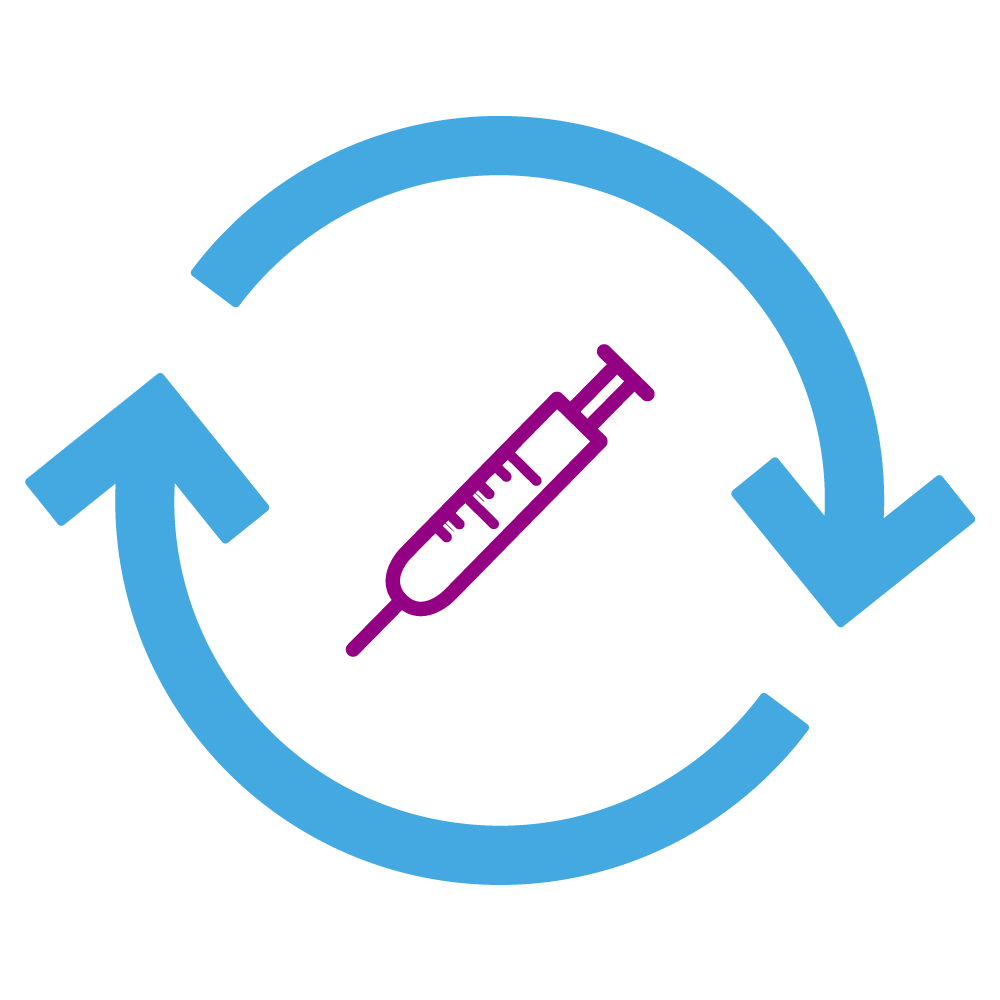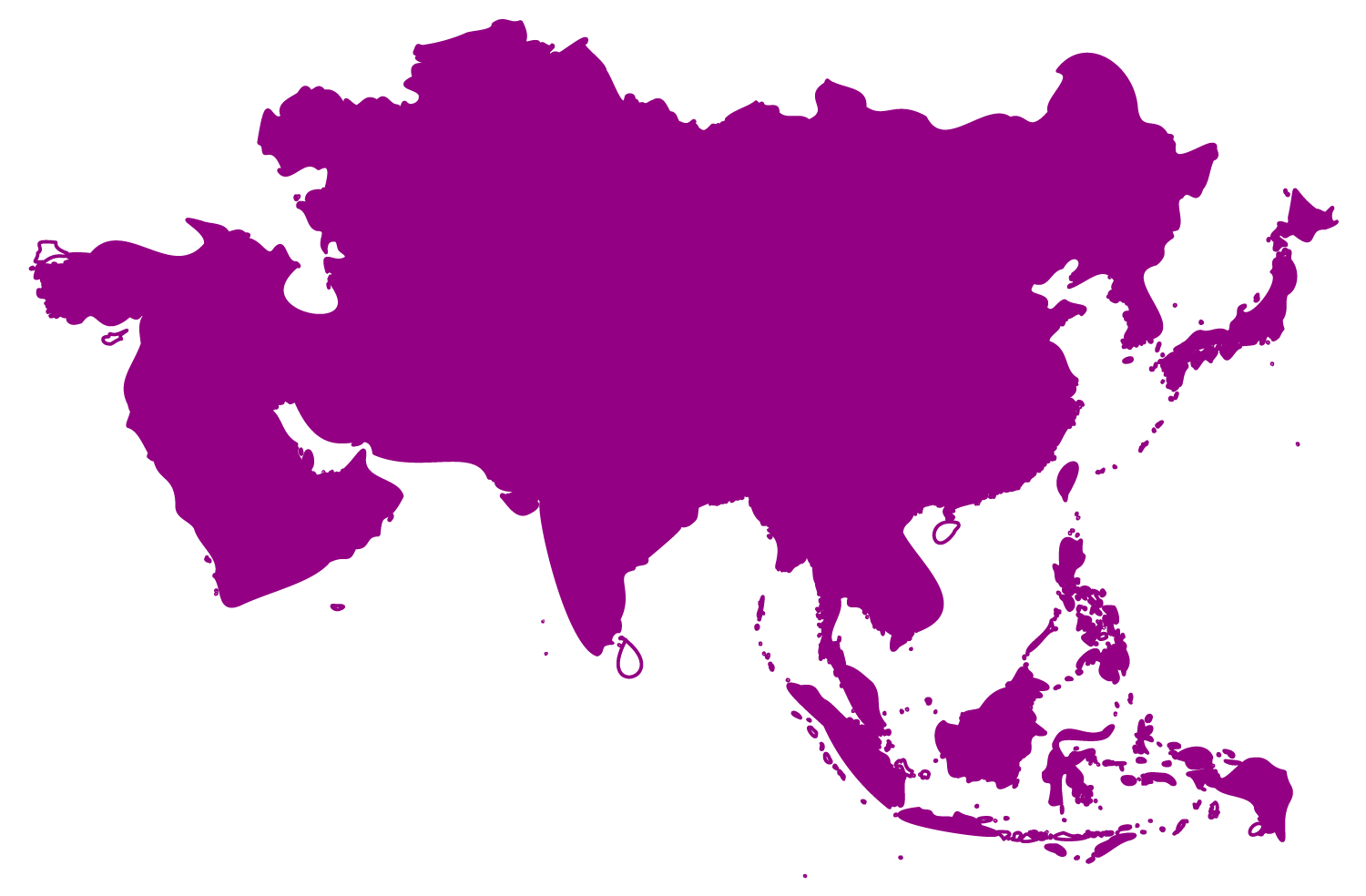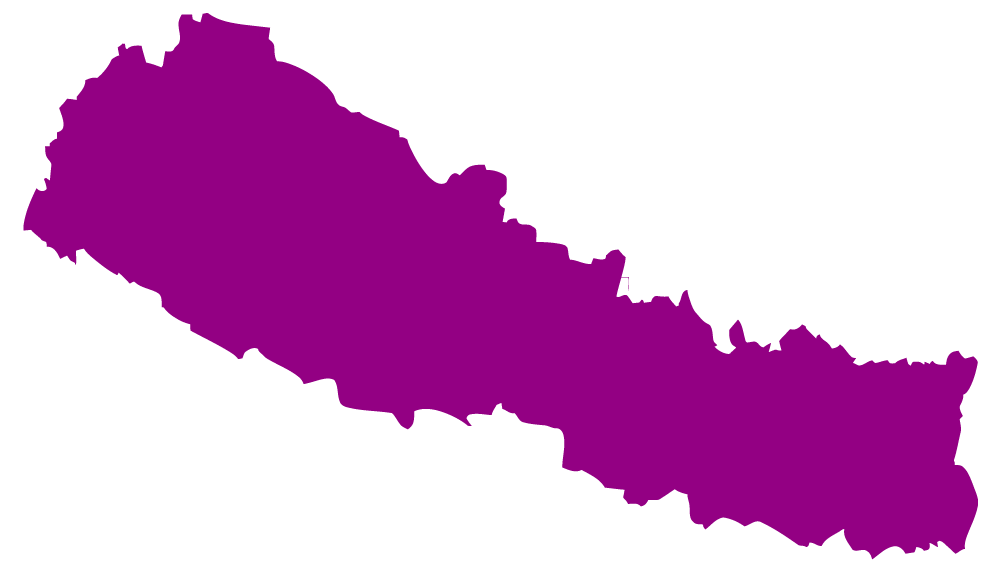
“Harm reduction refers to policies, programmes and practices that aim to minimise negative health, social and legal impacts associated with drug use, drug policies and drug laws.”
– Harm Reduction International
Benefits

Reduces the spread of HIV, Hepatitis C and other blood-borne viruses through needle and syringe programmes.

Reduces dependency through opioid substitution programmes.

Reduces social and economic impact of drug use on individuals and communities.

Reduces stigmas, prison populations and the need for law enforcement resources through decriminalisation.
Life saving potential

overdose death reduction
Naloxone can be used to treat opioid drug overdoses, with a survival rate of 83-100%. A case study of Dayton, Ohio, showed a 65% reduction in overdose deaths between 2017 and 2018 following the introduction of naloxone, (UNAIDS).

reduction in Hepatitis C cases
In Australia, 10 years of needle-syringe programmes have reduced HIV cases by up to 70% and Hepatitis C cases by up to 43%, (UNAIDS).

Research shows that syringe exchange programmes have been very effective in reducing HIV transmission, (Harm Reduction Journal).

DHR policies in practice
Around the world, countries are successfully embracing DHR policies to reduce the dangers associated with drug use.

In Vietnam, a successful pilot of MMT (methadone maintenance therapy) has led to considerable expansion, with 162 clinics in 44 provinces serving 32,000 patients.

In 2014, 17 countries in Asia provided needle and syringe programmes (NSP) provision and 15 opioid substitution therapy (OST).

In places where harm reduction has been brought to sufficient scale and quality, it has significantly reduced HIV transmission. For example, Nepal, which was an early implementer of harm reduction in Asia, saw rates of HIV prevalence decline drastically from 68 % in 2002 to 6.3 % in 2011.
More about
